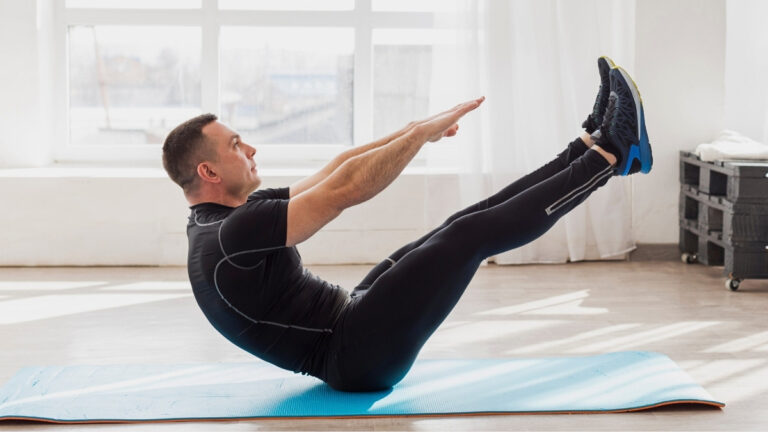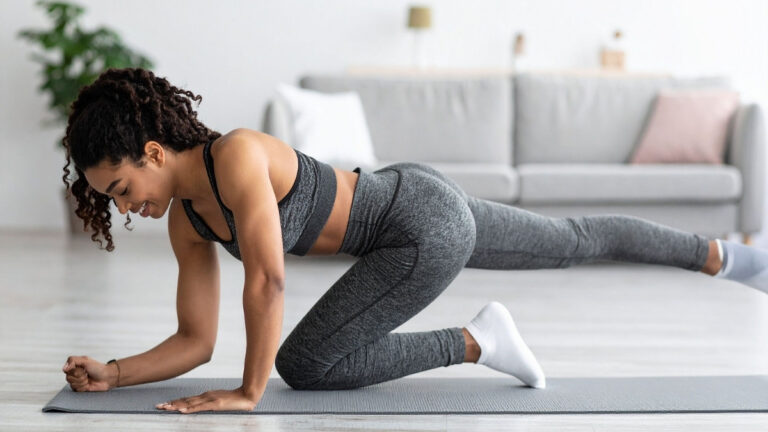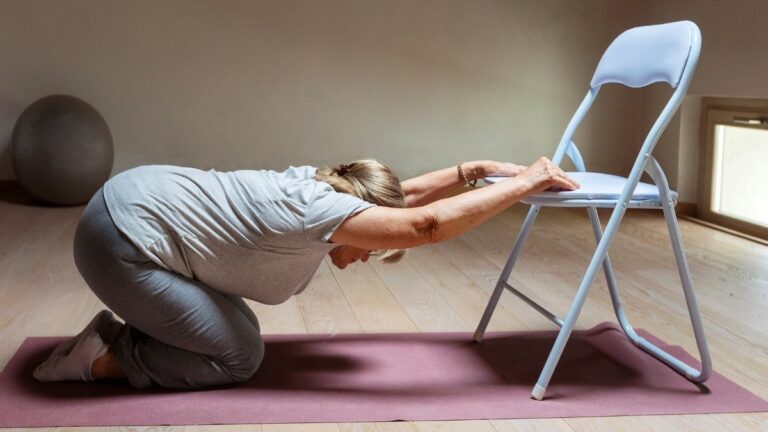The 10-Minute “Longevity Workout” Scientists Say Is More Effective Than Running
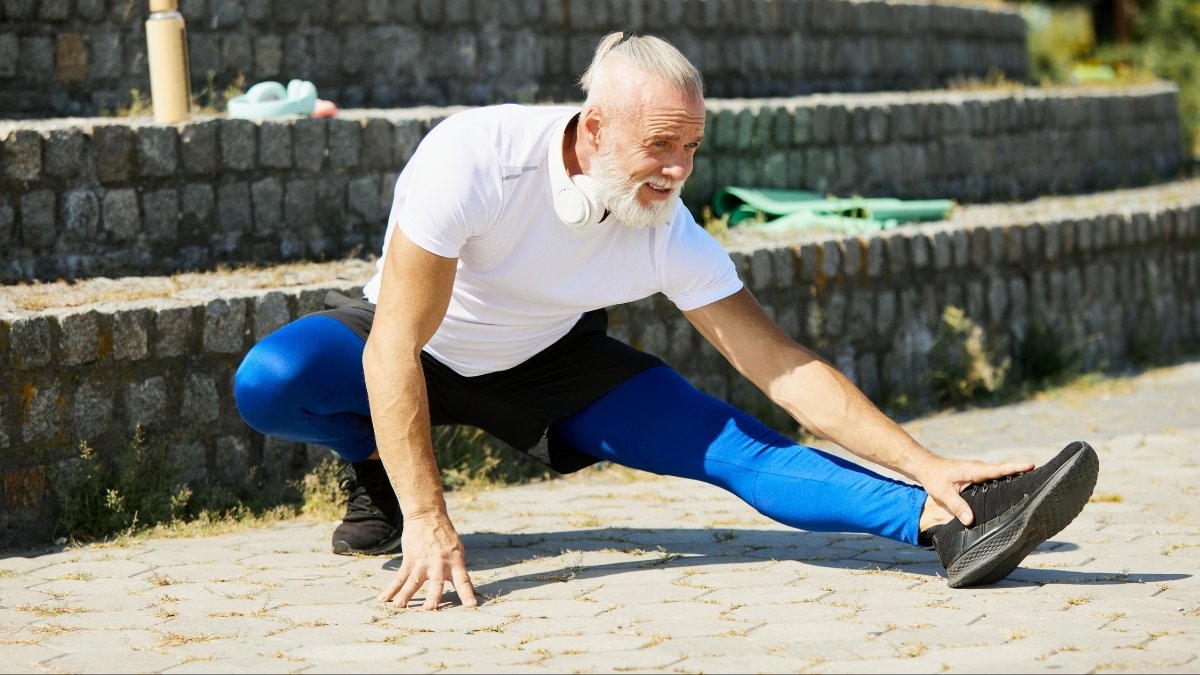
What if you could get more anti-aging benefits in 10 minutes than from a 45-minute jog? You know you need to exercise for your health, but you are stretched for time. You might force yourself to go for long runs, thinking more time is better.
But those long runs can be grueling, boring, or just hard on your joints. This article reveals the 10-minute longevity workout that scientists are praising. We will show you why this anti-aging exercise is often more effective than running.
You will learn the specific science behind how it works. It is probably not what you think. You will also get a simple, step-by-step routine you can start today.
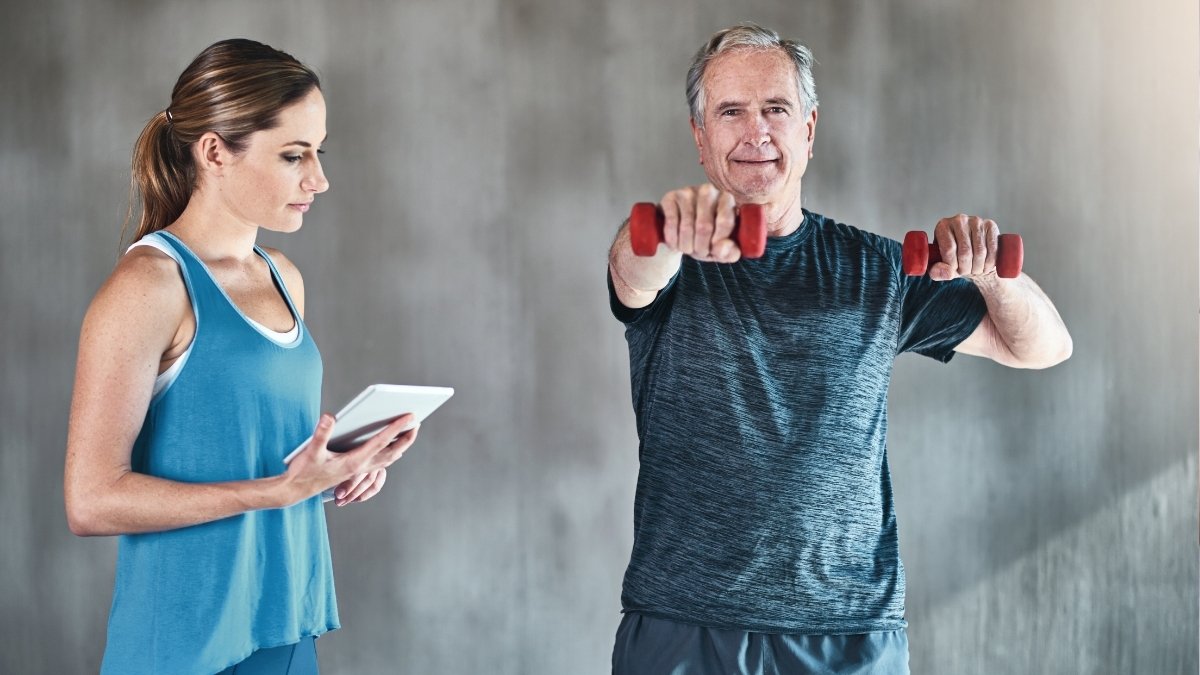
HIIT Workout
Running
- Safest option for joints
- Used in most studies
- Perfect for all fitness levels
- Can adjust resistance easily
- Engages 85% of muscles
- Low-impact workout
- Works legs, core, back, arms
- Extremely efficient
- No equipment needed
- Targets glutes & legs
- Reduces injury risk
- Fresh air bonus
- Zero equipment required
- Can do anywhere
- Full-body movement
- Requires good form
✓ HIIT targets Type II fibers to fight this loss
- Creates new mitochondria
- Slows cellular aging
- Boosts energy production
- Running doesn’t trigger this
- First fibers lost with aging
- Critical for stability
- Boosts metabolism
- Jogging doesn’t use these
- Top longevity predictor
- Same as 45-min running
- In 78% less time
- McMaster University study
- Better glucose uptake
- Improved insulin sensitivity
- Muscles pull sugar efficiently
- Metabolic disease prevention
- 10 minutes total
- 2-3 all-out sprints
- Builds power & VO2 max
- Mon, Wed, Fri ideal
- Builds muscle mass
- Complements HIIT power
- Essential for aging
- Tue, Thu recommended
- 30-minute brisk walks
- Builds endurance base
- Improves mitochondria
- Daily is even better
The “Running Problem”: Why Longer Isn’t Always Better for Longevity
For decades, we’ve seen running as the top way to stay healthy. This type of exercise is called “steady-state cardio.” It’s good for your heart and builds endurance. But it has real limits if your goal is a long, healthy life.
The benefits from this kind of cardio can hit a wall. Your fitness (VO2 max) improves, but then it plateaus. More importantly, running does very little to build or maintain your muscle. This becomes a big problem as you get older.

We all face sarcopenia. This is the natural loss of muscle as we age. After age 30, you can lose 3-5% of your muscle mass every decade. This is a serious issue. Strong muscles are one of the most important longevity markers, helping you stay stable and strong. Running doesn’t solve this.

This type of exercise also costs a lot of time. It is hard to stick with long runs week after week. Plus, the constant pounding can be tough on your knees and hips. It is simply an incomplete package for long-term health.
The Solution: What Is the 10-Minute Longevity Workout?
The answer is a specific type of High-Intensity Interval Training (HIIT). It is sometimes called REHIT, or a “sprint interval” model. The big idea is that intensity is more important than duration. You do not need to exercise for a long time to see big benefits.
The full routine is simple. You only do 2 or 3 short bursts of all-out effort. Each burst lasts just 20 to 30 seconds. The key is that you rest for several minutes of very light activity between each hard push.
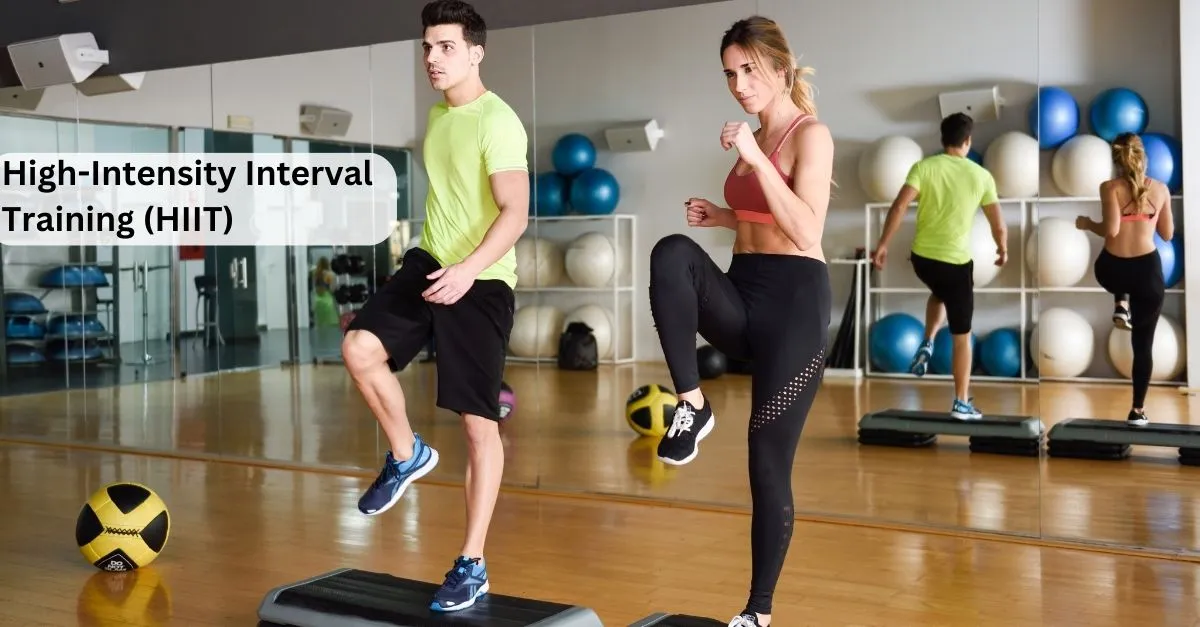
Your total “hard work” is only about 60 to 90 seconds. The full 10-minute structure is what makes this the 10-minute longevity workout. This method works your body in a totally different way than slow, steady running. The most common way to do this in studies is on a stationary bike, which is safe for your joints.
1. Stationary Bike Sprints (Gold Standard)
Details for the Reader:
This is the exercise used in most of the scientific research. It is the safest and most effective way to perform this protocol.
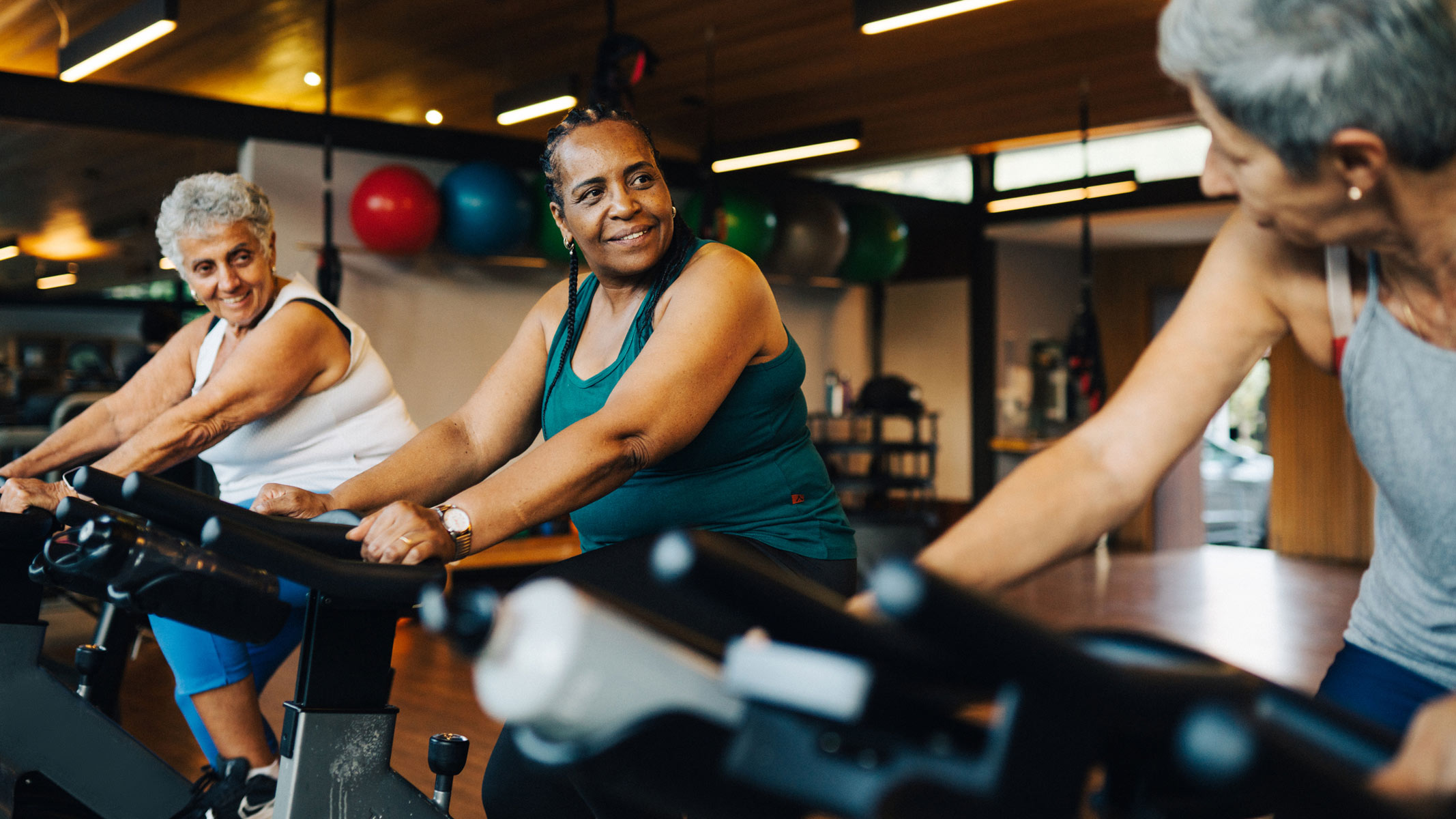
- Why It’s Ideal: It is low-impact, which means you can go to your absolute maximum effort without the jarring or pounding that can damage your knees, hips, or ankles.
- How to Do It: During your 20-second “sprint,” you should pedal as hard and as fast as you possibly can. On many bikes, you can increase the resistance to make it even harder. Your 10/10 effort should feel breathless, and your legs should burn.
- Best For: Everyone, from beginners to advanced athletes, because the resistance and speed can be perfectly adjusted to your fitness level.
2. Rowing Machine Sprints
Details for the Reader:
This is another fantastic, low-impact option. It has the added benefit of being a true full-body workout, which makes it an extremely efficient choice.
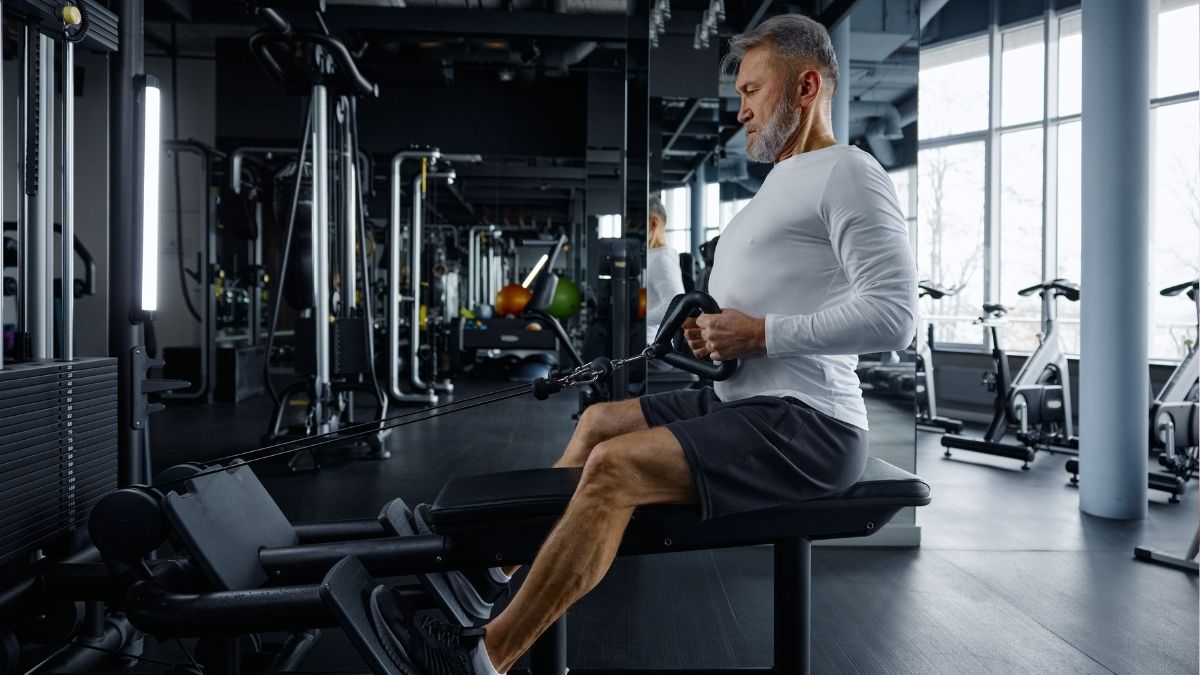
- Why It’s Ideal: It engages over 85% of your body’s muscles, including your legs, core, back, and arms. This massive muscle recruitment can lead to great results.
- How to Do It: For your 20-second “sprint,” you will focus on an explosive push with your legs, followed by a powerful pull with your core and back. Do not just pull with your arms. The goal is to get the “split time” (your pace) as low as possible.
- Best For: People who have access to a rowing machine (like a Concept2) and have learned the basic “leg-core-arms” rowing form.
3. Hill Sprints
Details for the Reader:
This is the best option if you have no equipment and want to be outside. Sprinting up a steep hill is safer than sprinting on flat ground.
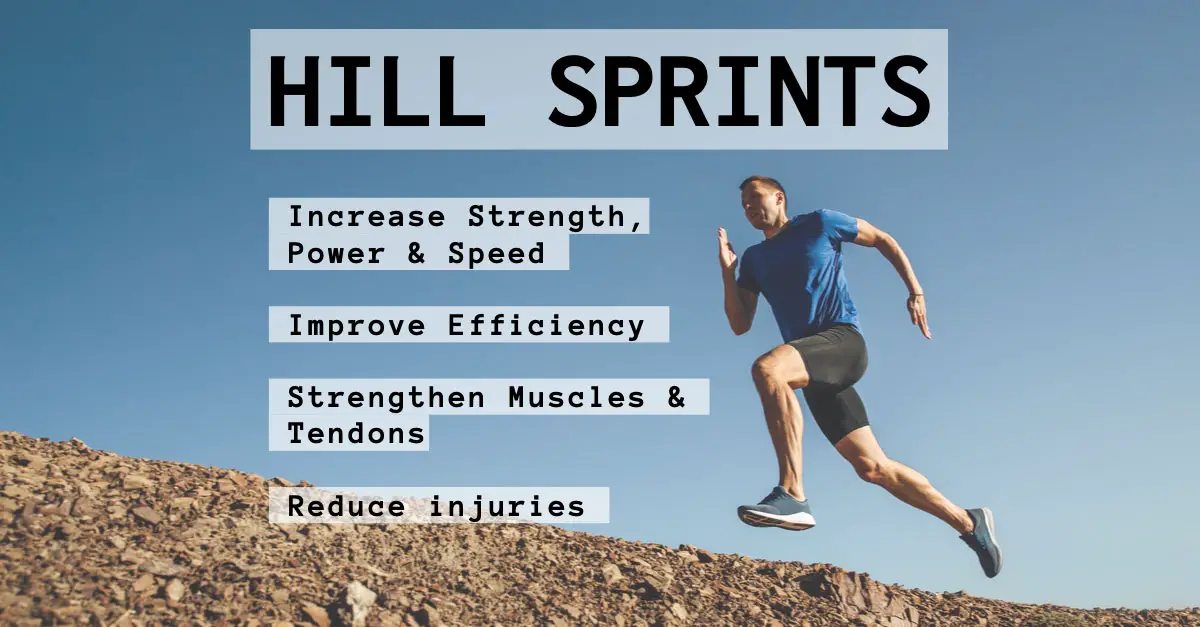
- Why It’s Ideal: The incline of the hill forces you to use your powerful glute and leg muscles. It also naturally shortens your stride, which significantly reduces the risk of a hamstring pull.
- How to Do It: Find a steep hill that takes at least 20 seconds to run up. For your “sprint,” run up the hill as fast as you can. Your “recovery” is the 3-minute slow walk back down the hill.
- Best For: People who are comfortable with running and have a good, safe hill nearby. You must warm up with a light jog before starting.
4. High-Intensity Burpees
Details for the Reader:
This is an “at-home, no-equipment” option. It is very challenging and effective, but it is also high-impact and requires good form.
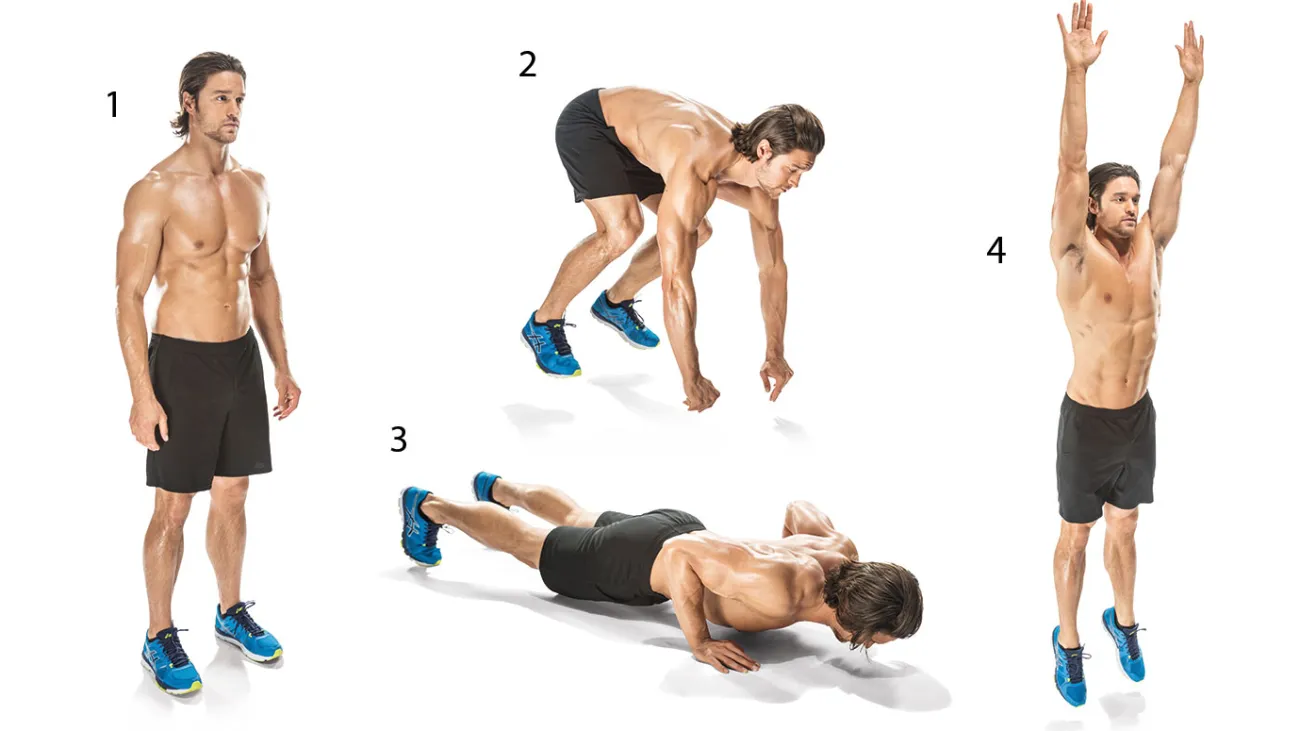
- Why It’s Ideal: It is a full-body movement that requires zero equipment and can be done in a small space. It will get your heart rate up extremely fast.
- How to Do It: For your 20-second “sprint,” you will perform as many burpees as you can with good form. The goal is speed and continuous motion.
- Best For: People who are already in good condition. This can be hard on the wrists and low back if your form is not correct. It is a good choice for when you are traveling, but the bike or rower is better for a long-term, consistent routine.
The Science: Why This Is More Effective Than Running
This workout is powerful because of how it works inside your body. The short, all-out sprints trigger your cells to make new “power plants” called mitochondria. This process, mitochondrial biogenesis, slows down aging at a cellular level. Steady running does not send this same strong signal.
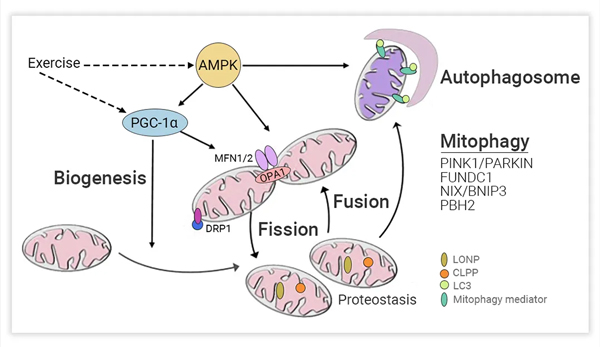
This method also fights age-related muscle loss. Unlike jogging, these intense bursts use your Type II muscle fibers. These are your power muscles, and they are the first ones you lose as you get older. Keeping them strong is vital for stability and a healthy metabolism.
You get the same (or better) heart benefits in less time. Research from McMaster University found that a few 20-second sprints can improve VO2 max just as much as 45 minutes of moderate running. This is a top marker for a long life.
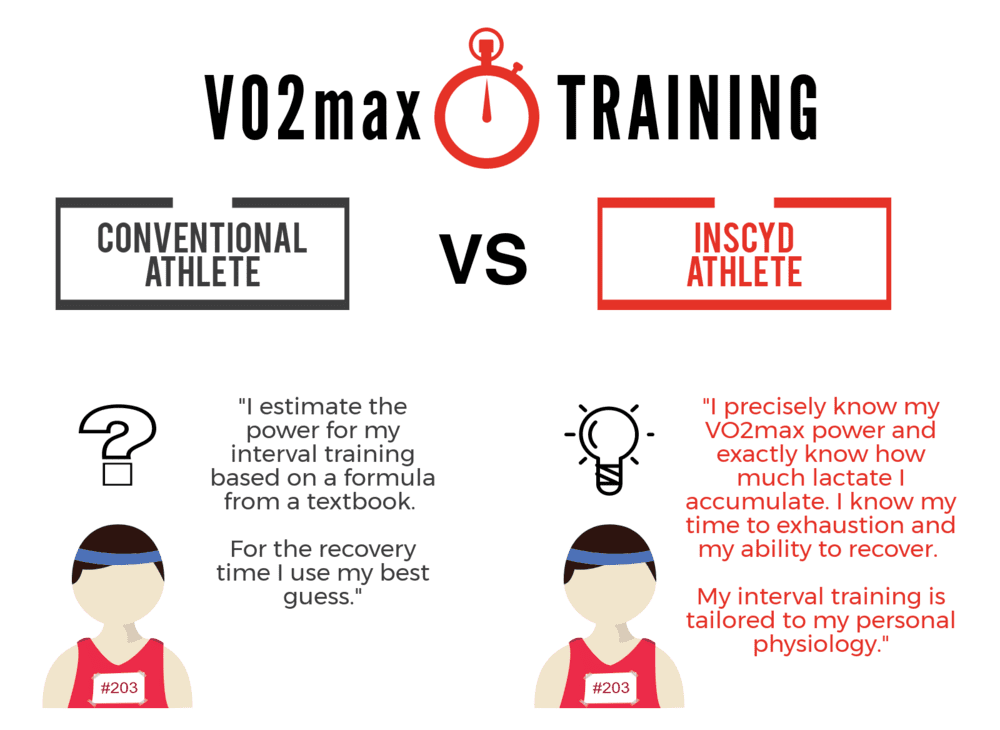
Finally, this HIIT for longevity is great for your metabolic health. It trains your body to control blood sugar. Your muscles get much better at pulling sugar from your bloodstream for energy.
Your Step-by-Step 10-Minute Longevity Workout Routine
Here is the step-by-step plan. The best tool is a stationary bike because it lets you go all-out safely. This stationary bike workout has low impact, which protects your joints.

Your 10/10 effort should feel like you cannot go one second longer. Scientists say you only need to do this 2-3 times per week to see big benefits.

If you do not have a bike, you can try fast burpees or sprinting up a hill. Just be careful. The bike is still the safest option to push this hard without risking injury.
Is This Workout Safe for Everyone? (Modifications for Beginners)
The term “all-out” can sound scary. It does not mean you need to be a top athlete. “All-out” is simply your personal 10/10 effort. It is the point where you are breathless and cannot talk.
This type of intense workout is not for everyone right away. If you have a heart condition, high blood pressure, or bad joint pain, talk to your doctor first. It is always best to be safe before starting a new, hard exercise plan.
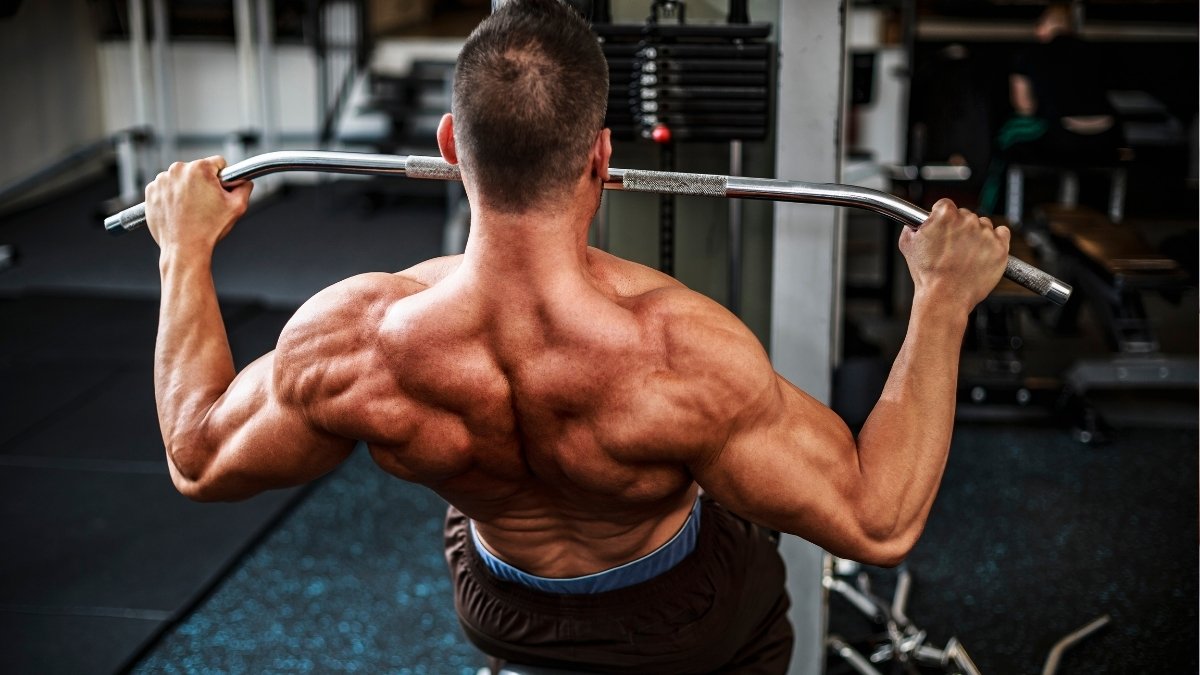
As a beginner, do not aim for 10/10. Start with an 8/10 effort. Your 8/10 effort means you cannot hold a conversation, but you do not feel dizzy. This is a perfect starting point.
You can also change the routine. For the first week, try doing only one 20-second sprint during your 10-minute session. The next week, if you feel good, try two sprints. This is a safe HIIT for beginners approach.
A stationary bike is great, but other low-impact HIIT tools work too. A rowing machine or an elliptical trainer lets you push hard without pounding your joints. These are smart longevity workout modifications to help you stay consistent.
Is 10 Minutes Really Enough? (Pairing HIIT with Other Movement)
This 10-minute workout gives you the biggest “bang for your buck.” It is the fastest way to boost your heart health (VO2 max) and build new cell power plants. But it is not a complete fix on its own.
This workout does not replace strength training for longevity. This HIIT builds muscle power, but lifting weights builds muscle mass. You need both to stay strong and capable as you age.
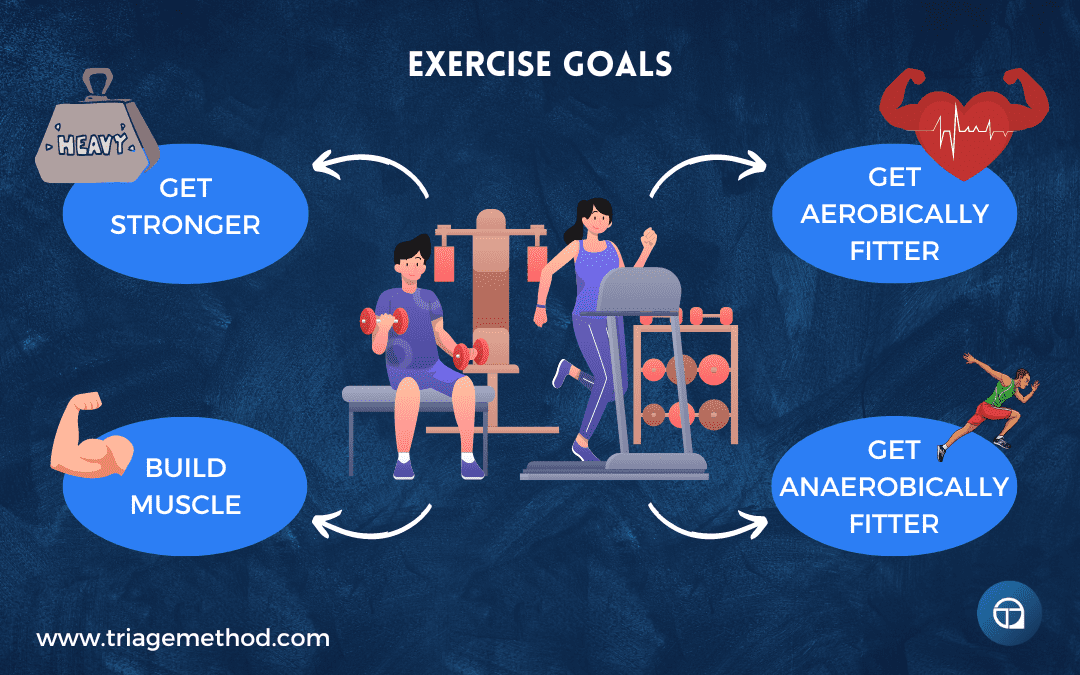
It also does not replace “low and slow” cardio. This sprint is all-out (Zone 5), but your body still needs HIIT and Zone 2 (like brisk walking). This slow cardio builds your endurance and makes your cell power plants run more efficiently.
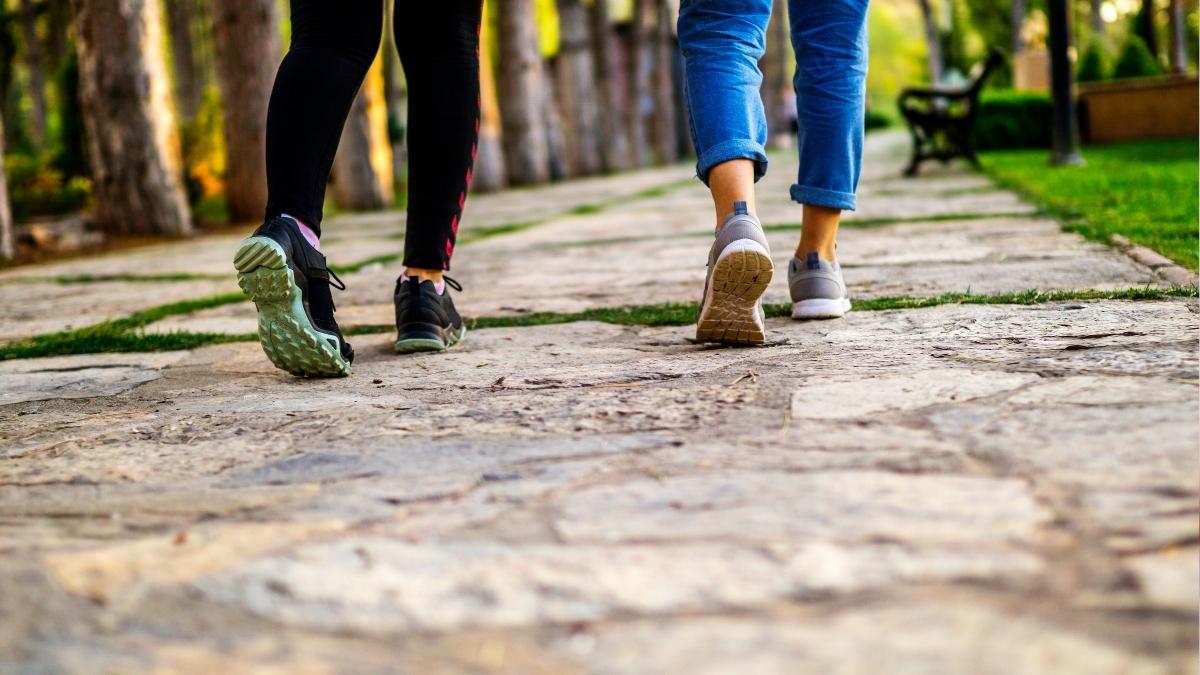
Think of this workout as the accelerator, not the entire car. A complete longevity fitness plan might look like this: two 10-minute HIIT sessions, two strength training days, and three 30-minute brisk walks per week. This covers all your bases for a long, healthy life.
Final Thoughts:
You do not have to choose between being healthy and being busy. The evidence is clear. The intensity of your exercise, not the duration, is what gives you the best anti-aging benefits.
This 10-minute longevity workout builds muscle power. It helps your cells make more energy and boosts your heart fitness. It delivers key benefits that long, slow running cannot match.

Stop dreading your workout. Try swapping one long run this week for this 10-minute routine. You will get your time back while investing in your long-term health. This is efficient fitness, and this 10-minute longevity workout is leading the way.


